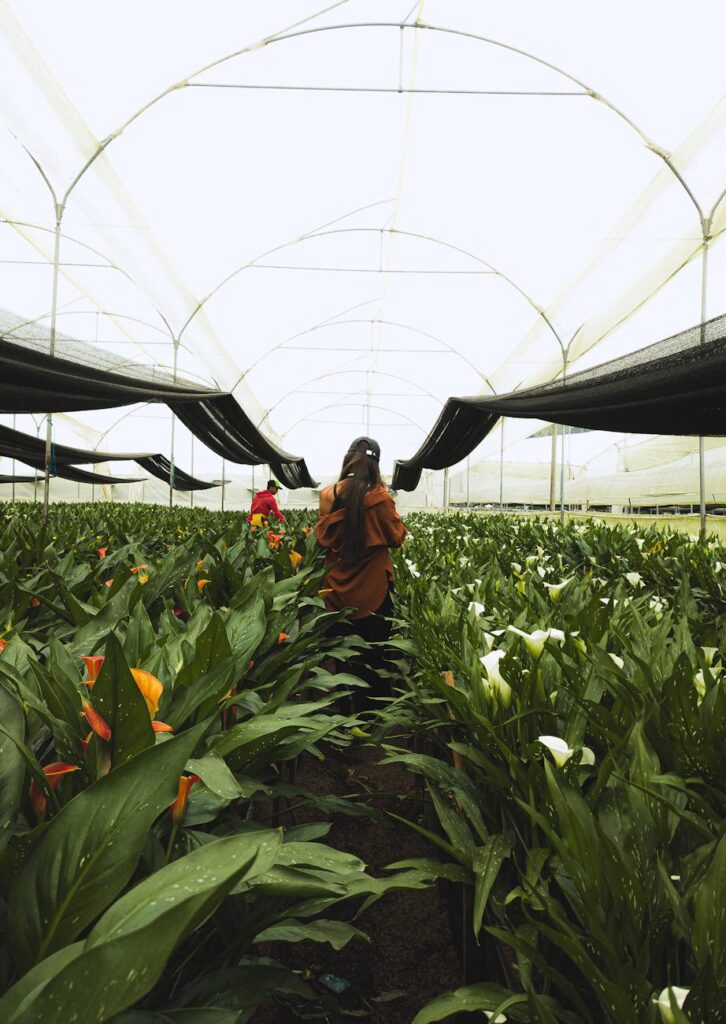When it comes to maximizing plant growth and productivity, understanding light transmission through greenhouse sheets is crucial. The amount and quality of light that penetrates your greenhouse can significantly impact plant health, growth rates, and yields. In this blog post, we’ll explore the importance of light transmission in greenhouse sheets, the different types available, and how to choose the right one for your greenhouse.
What is Light Transmission?
Light transmission refers to the percentage of light that passes through a material. In the context of greenhouse sheets, it’s vital to consider both the amount of light transmitted and the light spectrum that reaches your plants. The ideal greenhouse sheet should allow for high levels of PAR (Photosynthetically Active Radiation), which is essential for photosynthesis.
Types of Greenhouse Sheets
- Polyethylene Sheets: These are among the most common greenhouse coverings due to their affordability and versatility. Standard polyethylene films typically offer around 80-90% light transmission, making them suitable for most types of crops. However, they may degrade over time due to UV exposure, so consider UV-stabilized options for longevity.
- Polycarbonate Panels: Known for their durability, polycarbonate panels provide excellent insulation and light diffusion. They can transmit around 70-85% of light, but their ability to diffuse light can help reduce hot spots, promoting more even growth throughout the greenhouse.
- Glass Greenhouses: Glass offers high light transmission (typically 90% or more) and excellent durability. However, it’s often more expensive and heavier than plastic options. Glass also tends to retain heat better, making it a great option for regions with colder climates.
- Acrylic Sheets: Similar to polycarbonate, acrylic sheets offer high light transmission and impact resistance. They can transmit up to 92% of light and are available in various thicknesses. While more expensive than polyethylene, they can provide better insulation.
Factors Affecting Light Transmission
Several factors can influence the light transmission of greenhouse sheets:
- Thickness of Material: Thicker materials may reduce light transmission, so balance durability with the need for adequate light.
- Surface Texture: Smooth surfaces typically allow for more direct light transmission, while textured surfaces can diffuse light, which may benefit plant growth.
- Color of the Material: Different colors can filter certain wavelengths of light. For example, blue or red films can promote specific growth responses in plants.
Choosing the Right Greenhouse Sheet
When selecting greenhouse sheets, consider the following:
- Crop Type: Different plants have varying light requirements. Research the specific needs of your crops to choose the most suitable material.
- Climate: Consider your local climate conditions. Warmer regions may benefit from materials that diffuse light, while cooler areas might prioritize insulation.
- Budget: Evaluate your budget and long-term costs. While some materials may have a higher initial cost, they could offer better durability and energy savings over time.
Conclusion
Understanding the light transmission properties of greenhouse sheets is essential for optimizing plant growth. By selecting the right material based on your specific needs, you can create an environment that maximizes light exposure while protecting your plants from the elements.
Originally posted 2024-10-23 09:19:00.

